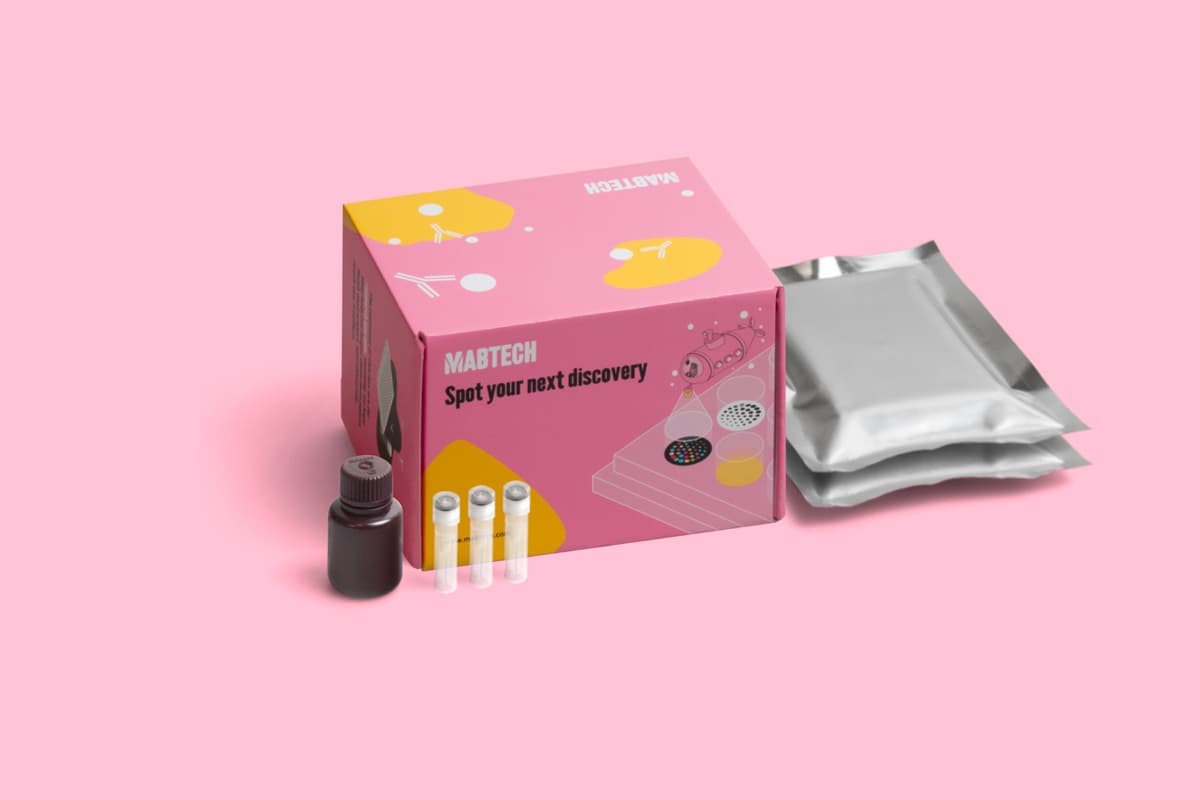ELISpot Plus: Human IL‑3 (HRP)
ELISpot Plus: Human IL‑3 (HRP)
$635
Special offer
You may add any of these complementary products at a reduced price.
PepPool: CEFRAS Global (CD4), human
- Reactivity:
- Application:
- Plates:
1 vial -
$245
$196PepPool: CEFRAS Global (CD4 and CD8), human
- Reactivity:
- Application:
- Plates:
Two vials -
$545
$436This offer is valid when purchasing ELISpot Plus: Human IL-3 (HRP) or other qualifying products.
Publications: 0
Documents
Bulk or custom format
The easiest way to achieve reproducibility in ELISpot.
Components
| Plate | Pre-coated ELISpot plate, white MSIP (mAb IL3A) |
| Detection mAb | IL3B, biotin |
| Enzyme conjugate | Streptavidin-HRP enzyme conjugate |
| Substrate | TMB substrate for ELISpot |
| Positive control | Anti-CD3 mAb (CD3-2) |
In stock
Delivery 4-9 business days
Shipping $0
Complementary products
Complementary products
1 / 3
Performance
Documents
Tutorials
Publications (0)
Loading publications...
Analyte information
IL-3
| Analyte description | The cytokine interleukin 3 (IL-3) is mainly produced by activated T cells. IL-3 is also called multi-lineage-colony stimulating factor since it induces the growth and differentiation of many cells. IL-3 also activates mast cells, eosinophils, basophils, and macrophages. |
| Alternative names | Interleukin 3, IL-3, IL3, colony-stimulating factor, multi-CSF, mast cell growth factor, MULTI-CSF, MCGF |
| Cell type | T cell, Th2 |
| Gene ID | 3562 |
You may also like
1 / 12
